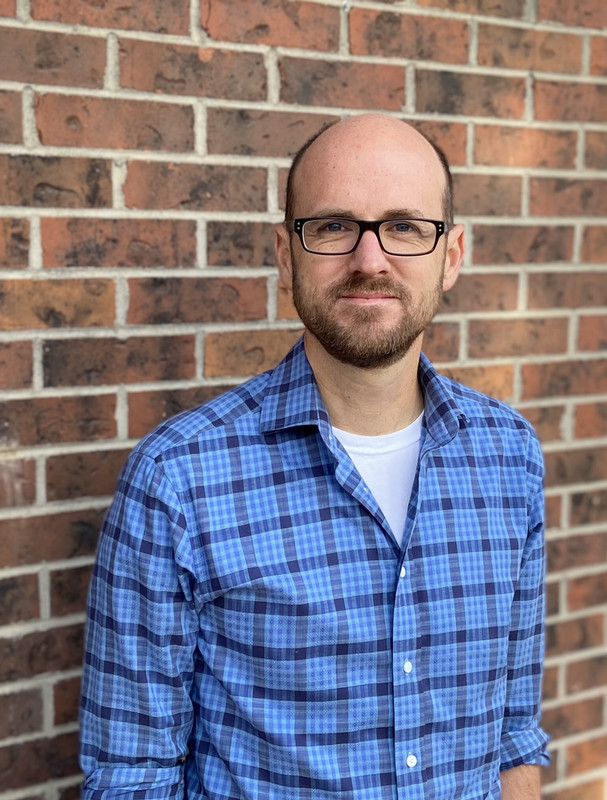Frank Quinlan

Class of 1999, Physics Major
Project Leader in the Time and Frequency Division at NIST
You can learn more about what Frank does by emailing him at franklyn.quinlan@nist.gov.
Q & A
I am in optics mostly. I would call it atomic molecular optical physics, or AMO physics. We have an active research lab and do a lot of fundamental research just like a university research group would. I have four graduate students from CU Boulder and one postdoc, so I’m not in the lab working directly with the lasers anymore. I miss it. Instead, I meet with the students to talk about how to move projects forward. Really, I do a lot of teaching and giving students experience in a lab. Everything we do, we publish. Students need papers to graduate so I try to make sure they have projects to publish, and travel to conferences to present their work.
The best part is working with the students and post-docs on projects where we don’t know how it will turn out. In fact, nobody knows how it’s going to turn out. With COVID, I was home so it’s nice being back in the office because I can just run to the lab quickly. Sometimes just to say “hey, what’s going on?”
We are building lasers whose frequencies are extremely stable that are then used to probe a very narrow atomic transition in an atom that forms the basis for an optical atomic clock. I am in the time and frequency division at NIST. Part of our mission is to maintain official US time. There is a lot of knowledge in our division about clocks and oscillators and traditionally those have all been microwave frequencies, but now we are moving into the optical domain. We have shifted up the electromagnetic spectrum and have to develop these clocks, lasers, and oscillators in the optical. The advantage of doing that is you get these much more precise measures of time. The frequency is much higher; if you divide a second much more finely, you can take advantage of that precision.
I’m sure everyone says Baca, but I think going to the Baca campus with Ed Langer’s astrophysics class sticks with me the most. Colorado College is very immersive, right? You’re doing one block at a time. It’s like immersive squared when you are at Baca. You just can’t escape it and if I think about those strong memories at CC it’s that immersive squared experience where you just get to hang out with the physics people you enjoy and a professor you want to chat with. You’re not just talking about astrophysics either, but all sorts of stuff with people whose brains are wired similarly to yours. It sticks with you.
Paraprof was where I first started in any kind of teaching mode and that I enjoyed. Now I teach graduate students. It was where I first started talking about my excitement in physics to other people. I was just starting to flip from being a student to being on the other side of it and helping students understand these interesting concepts.
I spent my last block before graduation at UC Santa Cruz. It was a collaboration with Ed Langer and folks in the astronomy department at UCSC. That was my first introduction to what grad students do all day because I got to be out there, work with the professor, hang out with the graduate students, and all that. One thing that I learned, and this is paraphrasing what Professor Langer said to me, was “at Colorado College you talk about things everybody knows. In graduate school, you talk about things that nobody knows.” And that always stuck with me. Later, I decided I didn’t want to teach high school anymore. It was because all I thought about was high school math problems. I decided I wanted to think about things nobody knew. So, I went to graduate school at the College of Optics and Photonics at the University of Central Florida in Orlando.
show all / hide all


